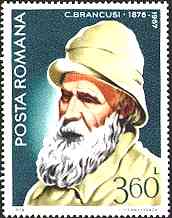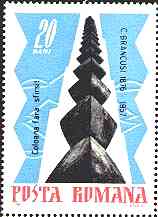CONSTANTIN BRANCUSI
|
Brancusi
was born in Pestisani Gorj in the year 1876, into a large family of peasant extraction. He died in Paris on March 16, 1957.
(For more information about the works of art displayed please point the stamps with the mouse index.) |
|
Considered one of the greatest 20th-century sculptors, his work profoundly influenced modern concepts of form in sculpture, painting, and industrial design.
|
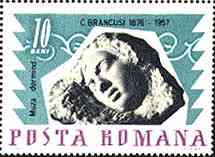 |
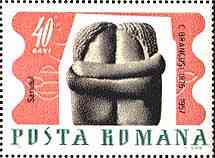 |
 |
Brancusi studied art in Craiova and Bucharest and in 1904 went to Paris where he was in contact with Auguste Rodin and in 1909-1910 worked with Amedeo Modigliani. Brancusi's early works were influenced by Rodin and by the Impressionists, but after 1908 his distinctive style rapidly evolved. He found inspiration in African and prehistoric sculpture and, with the basic intention of laying bare the underlying nature of an image, he sought extreme simplification of form. In describing the evolution of his art, he said: "One arrives at simplicity … as one approaches the real meaning of things".
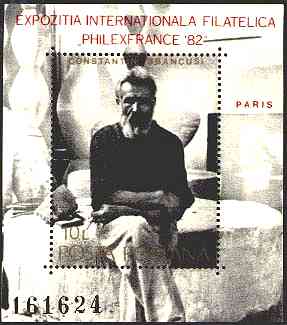 |
 |
Two simple shapes predominate in his work: the egg and the elongated cylinder. An example of the former is Sleeping Muse (1906, Museum of Art, Bucharest), in which the figure is represented simply as a stylized ovoid head. Bird in Space (1919, Museum of Modern Art, New York, and in many other versions) is a long, graceful cylinder of polished metal, its lines reminiscent of the curve of a bird's wing. Here Brancusi refined the organic form to the point where it became almost totally abstract, a conceptual rather than an actual representation. He worked in metal, stone, and wood.
 |
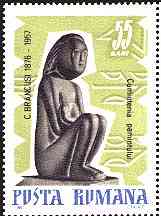 |
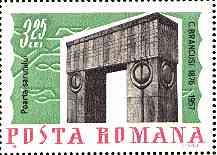 |
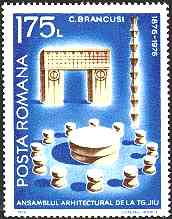 |
By concentrating on pure form, Brancusi prepared the way for 20th-century abstract sculptors. (After Microsoft Encarta 1996)
Background: Constantin Brancusi,1911. Maiastra. Polished bronze. 55.6cm, high on a stone base. Tate Gallery, London.
